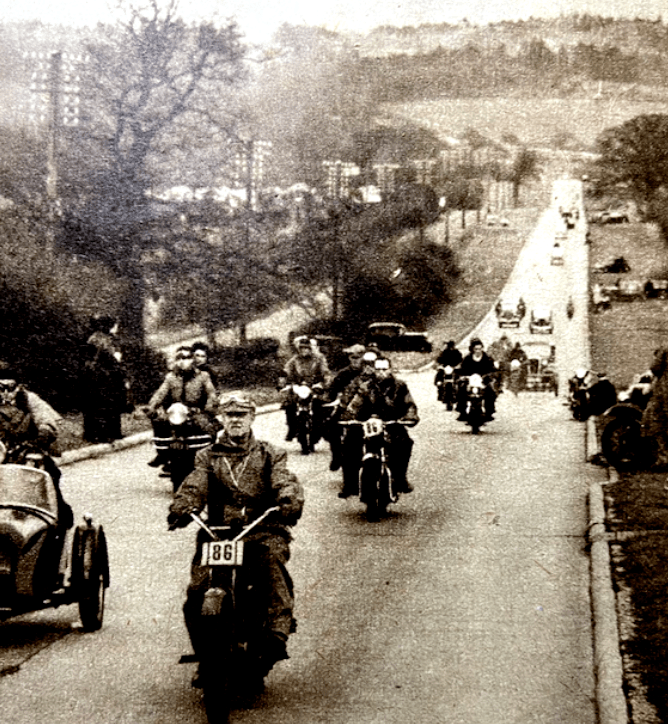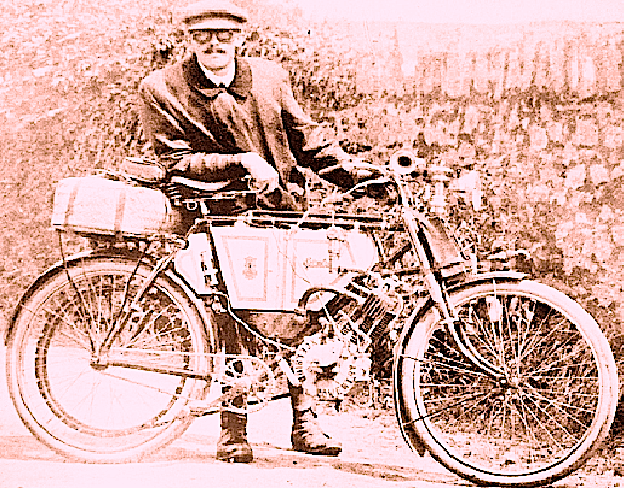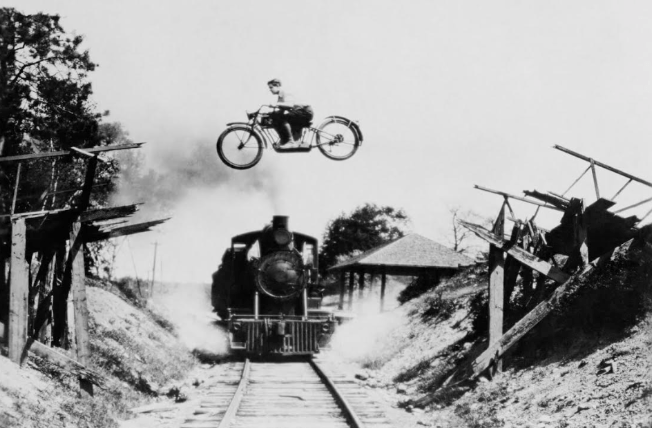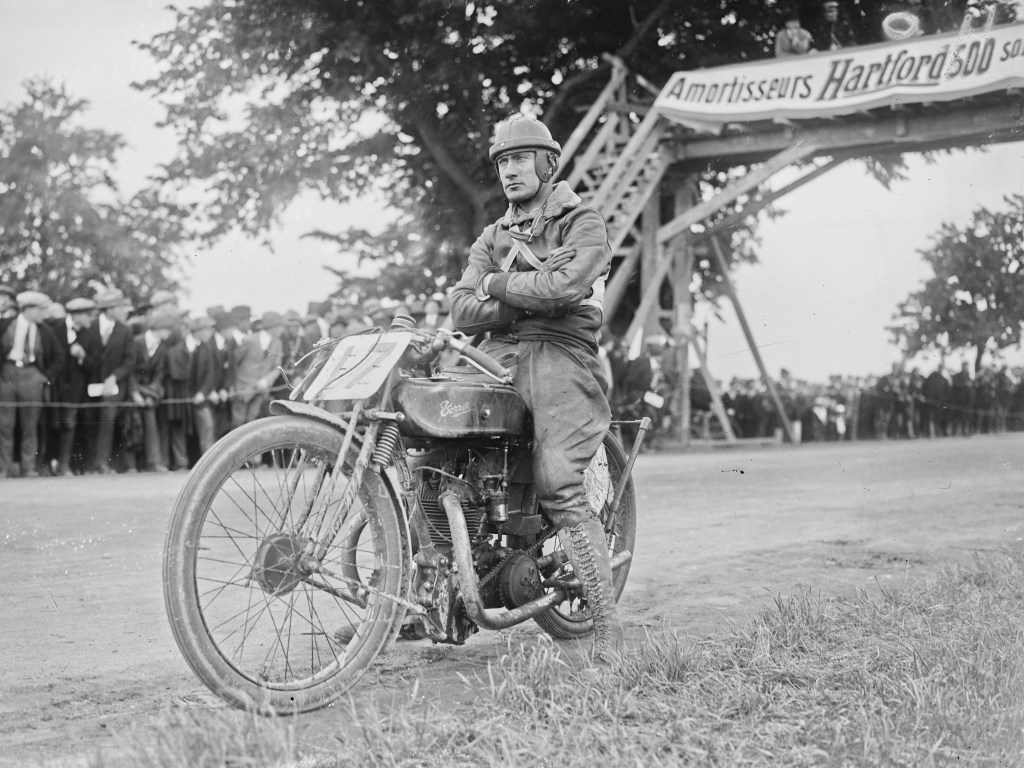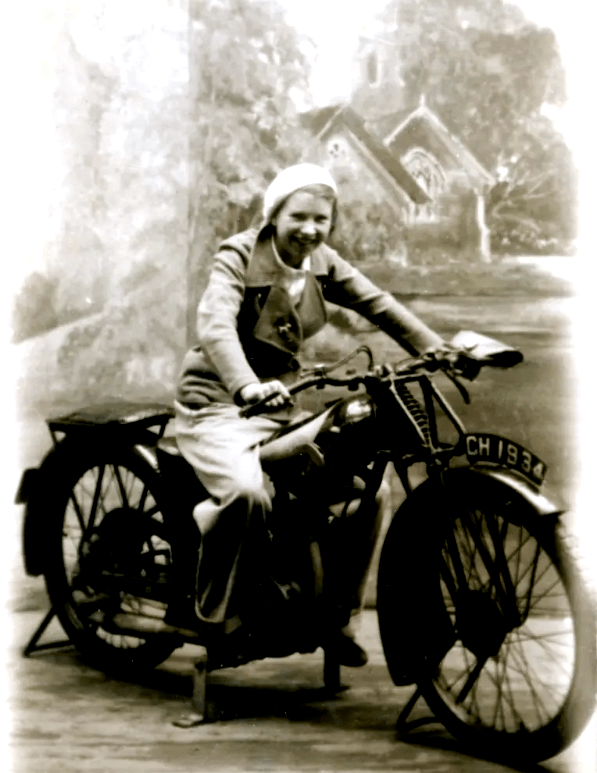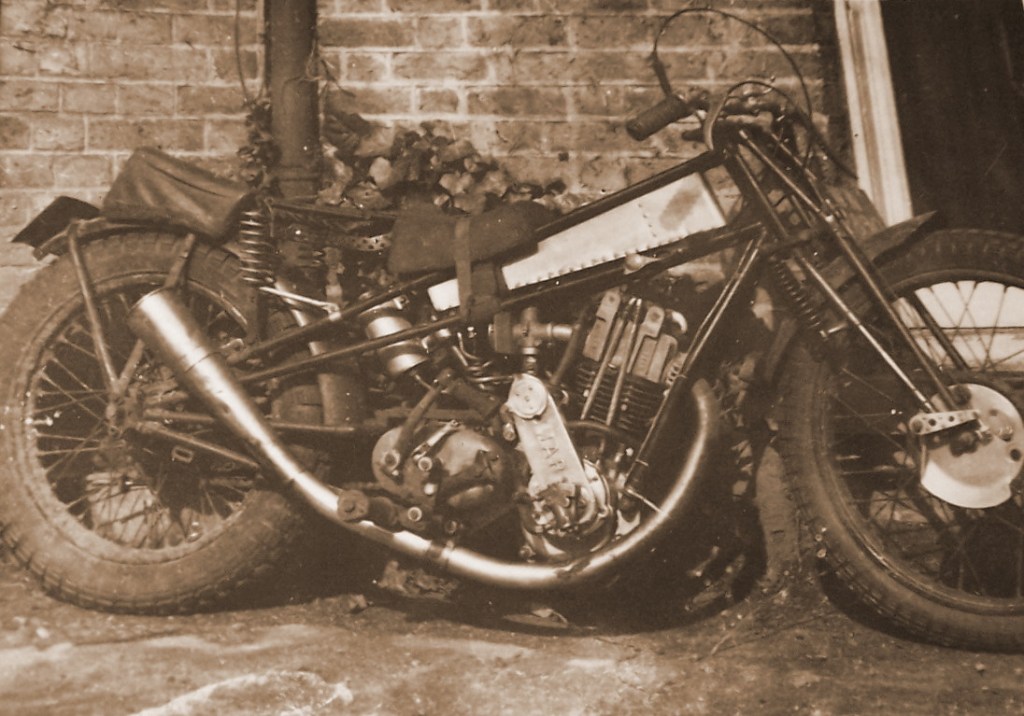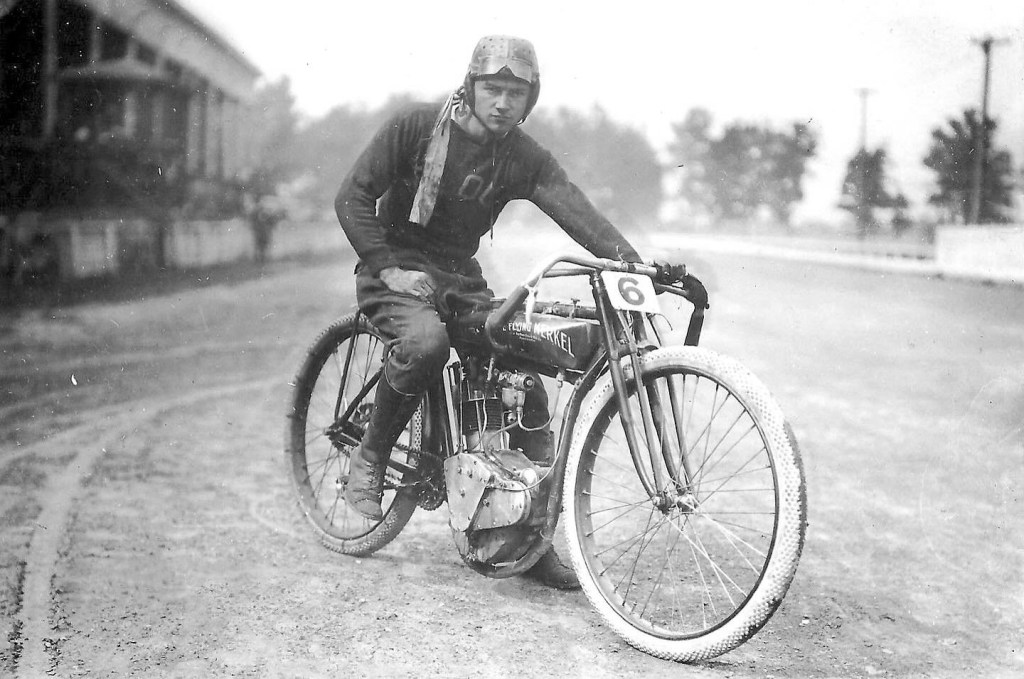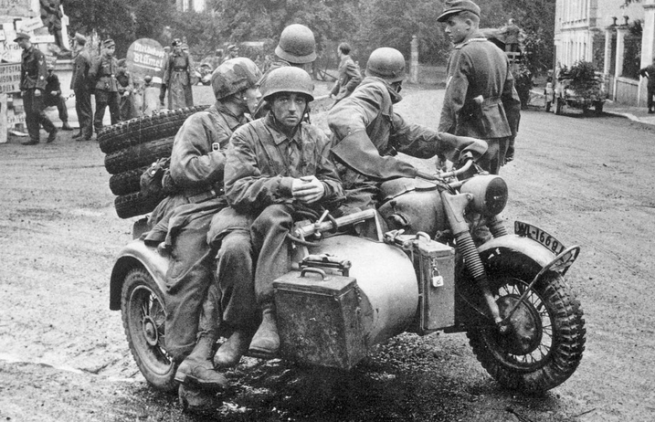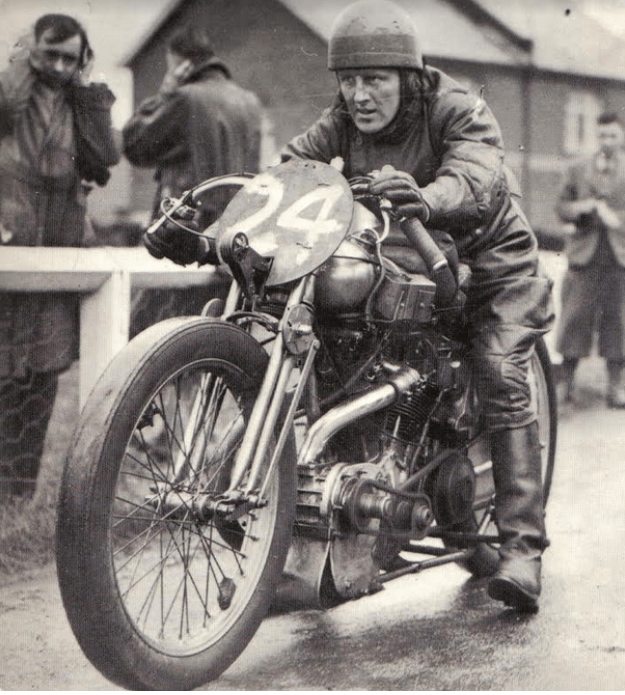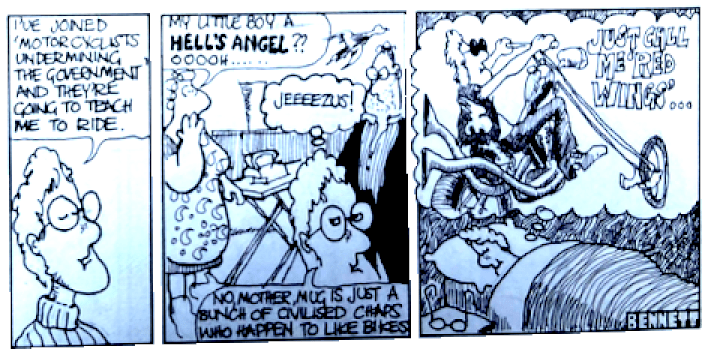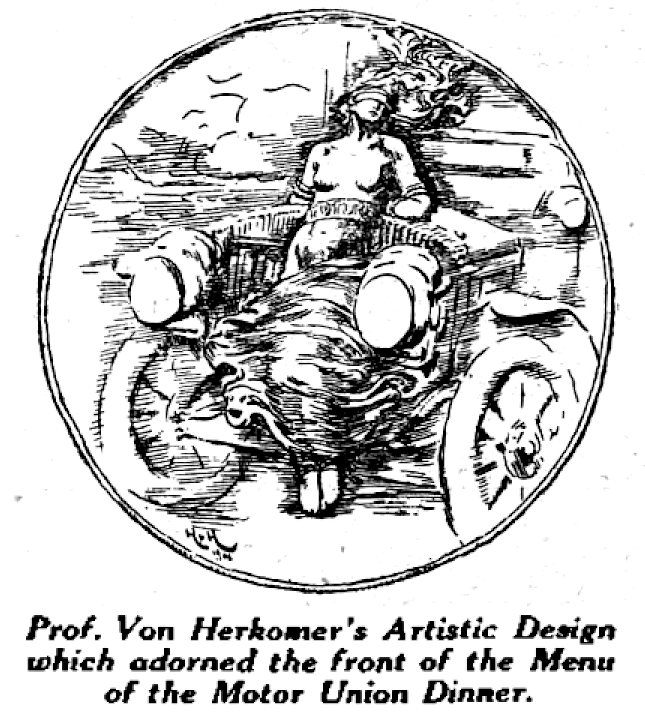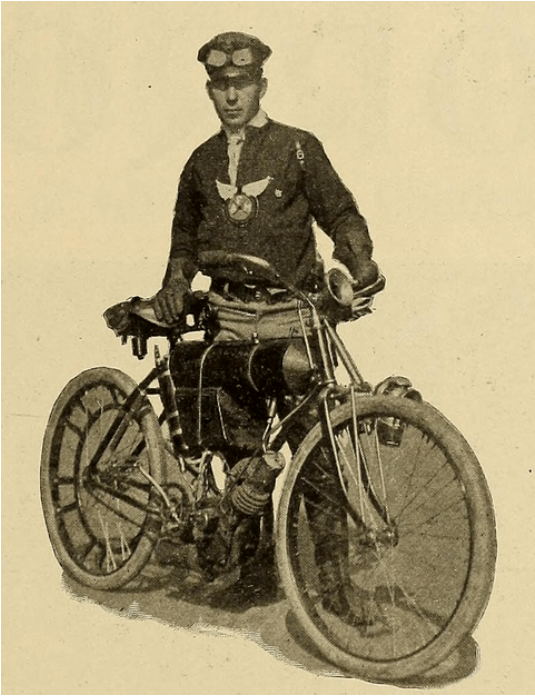Busy busy busy…to date there are upwards of 90,000 words under the ‘1951’ heading including reports on the French and Dutch Grands Prix; the return of the ACU National following the unpleasantness with Herr Hitler; a smashing interview with Charlie Collier, still busy running AMC 44 years after winning the first TT; a tour to Germany on a 98cc Jimmy and much more (look out for a letter from America from a rider who mentions he has long legs, is a fan of tight, very tight leather jeans and shirts, and is keen on swapping pics of riding gear with British enthusiasts. Innocent times. Also for your delectation are lots, and I do mean, lots more pics dans les Melangescourtesy of mon ami Francois. What’s more my 1936 M100 Panther is on the verge of regaining her long-lost fourth gear. Where would I be without my mates?
